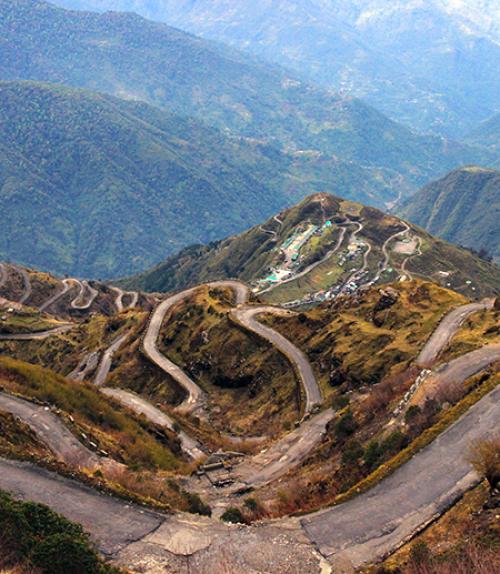India and China clashed this week at the border between the two countries in the Himalayan mountains, resulting in numerous reported deaths of Indian and Chinese soldiers.
Allen Carlson, professor of government and director of Cornell University’s China and Asia Pacific Program, is an expert on Chinese politics and international relations. He says the tentative peace between China and India brokered in the 1990s may have cracked this week, potentially ushering in a new and stormy chapter to the relationship between countries:
“In 1962 China and India engaged in a short, bloody battle over the location of their shared international border. To this day the two sides pointedly disagree on who started the conflict, on the course it took, and, most importantly, on where the boundary between the two states should be located.
“Yet, in the 1990s Beijing and New Delhi signed a pair of confidence-building measures which effectively de-militarized the stand-off, and established protocols intended to minimize the likelihood of a sequel to 1962.
“A major crack in this détente emerged this week as skirmishes between the two sides have resulted in the reported deaths of a score of Indian soldiers. It remains to be seen if this fight, apparently carried out largely with the throwing of rocks, will return the two nations to a war footing.
“However, it is already clear that as the rest of the world has been preoccupied with the Covid-19 virus, and questions of racism and police brutality, dark clouds have gathered over the Himalayas, and may be ushering in a new, stormy chapter of the Sino-Indian relationship.”
For media inquiries, contact Linda Glaser, news & media relations manager, lbg37@cornell.edu, 607-255-8942




